
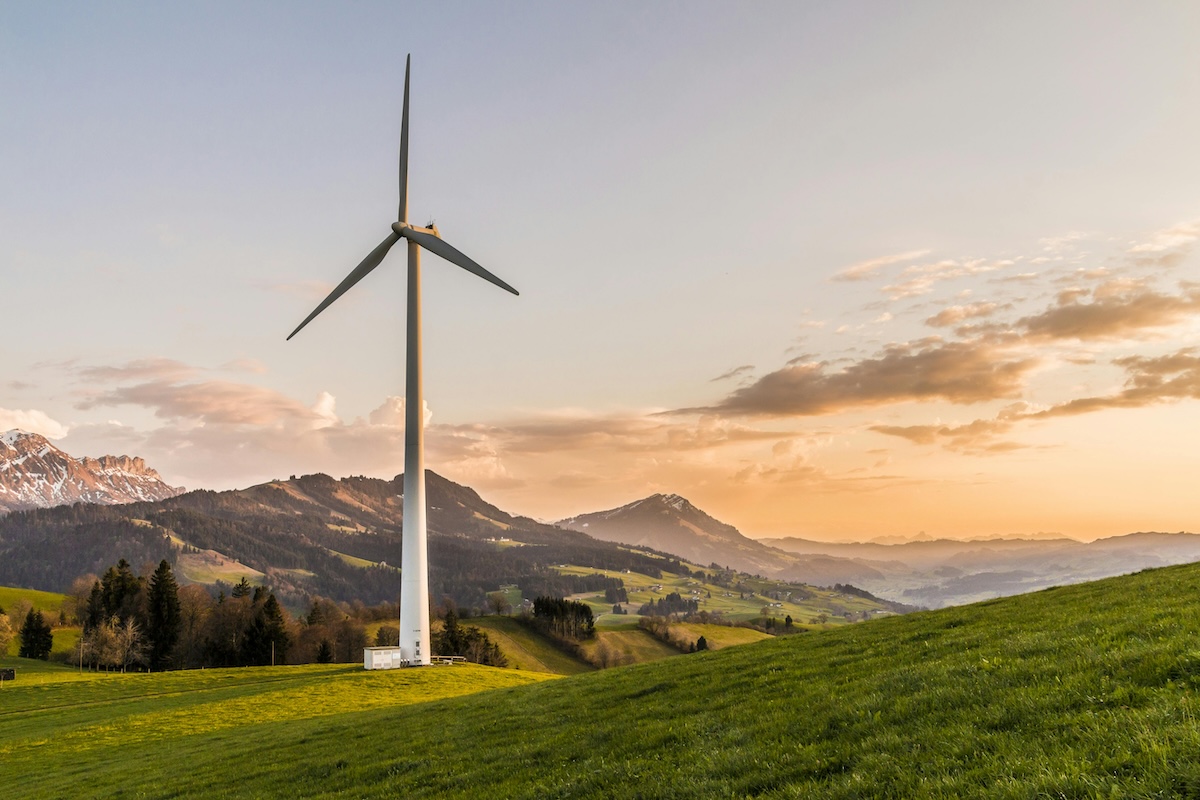
Sustainable film production is a crucial yet often overlooked aspect of the industry. With global temperatures reaching unprecedented levels, it's time for production teams to fundamentally transform their practices.
A recent sustainability study led by BFI and BAFTA albert found that a typical tentpole film production (a film with a budget of over US$70m) generates 2,840 tonnes of carbon emissions. An average filming day equates to more than one person's annual carbon footprint!
The biggest challenge is that no single stakeholder is responsible or capable of driving change alone - it will require cooperation across the entire industry.
In this guide, we showcase how film productions can implement more sustainable practices, plus highlight inspiring examples of businesses innovating in this space.
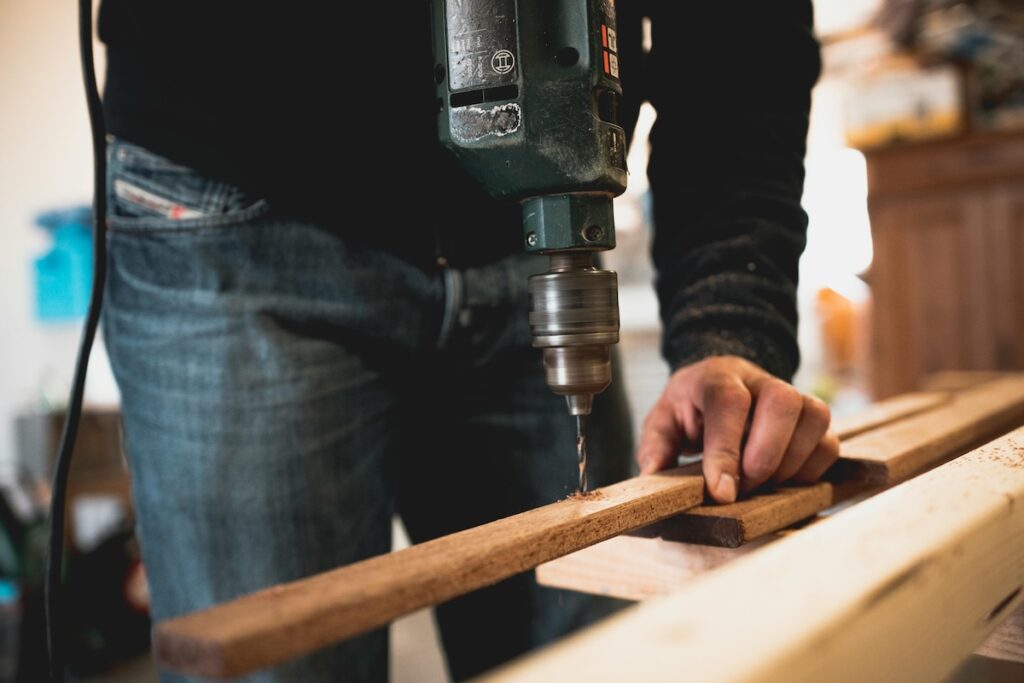
Film productions frequently generate significant waste, as large quantities of new or custom-made materials are purchased for set construction, while reusing existing materials is often overlooked due to perceptions of increased cost and time requirements.
Unfortunately, non-recyclable materials like polystyrene are popular for constructing film sets because they are cheap and can be quickly moulded into pretty much anything. 3D printing could achieve the same results with less waste but is seen as expensive and hasn’t been adopted by many art departments.
Establishing networks that connect existing materials with the film industry's needs could increase the scale of material reuse. Sharing platforms, such as the examples below, can enable separate film productions to collaborate and exchange materials.
Set Exchange is a UK initiative to share resources across productions. You can donate set resources you no longer need using the message board as well as hire props on the props database.
Materials for the Arts is a creative reuse centre in New York where donated sets and items are available, free of charge, to public schools and non-profits.
To enable the reuse of green film sets, productions should design them with deconstruction in mind from the outset. This can be achieved by using standard-sized modular components, durable non-toxic materials, and mechanical connections, ensuring the materials remain in a reusable state.
New Zealand company X-Frame have designed a zero-waste framing solution for building interior retail fit-out and meeting rooms which could also be adapted for set construction. The frames can be used as a floor, wall, or ceiling and have mechanical junctions which means goodbye adhesive and single-use fixings.
The goal for sustainable film productions is to source virgin materials, such as timber and metals, from transparent supply chains that have clear environmental and labor policies in place.
ECOR has gone a step further and built eco panels as an alternative to wood materials that are often the result of deforestation. They have collaborated with Twentieth Century Studios to build a 100% sustainable ECOR panel set for a popular TV series.
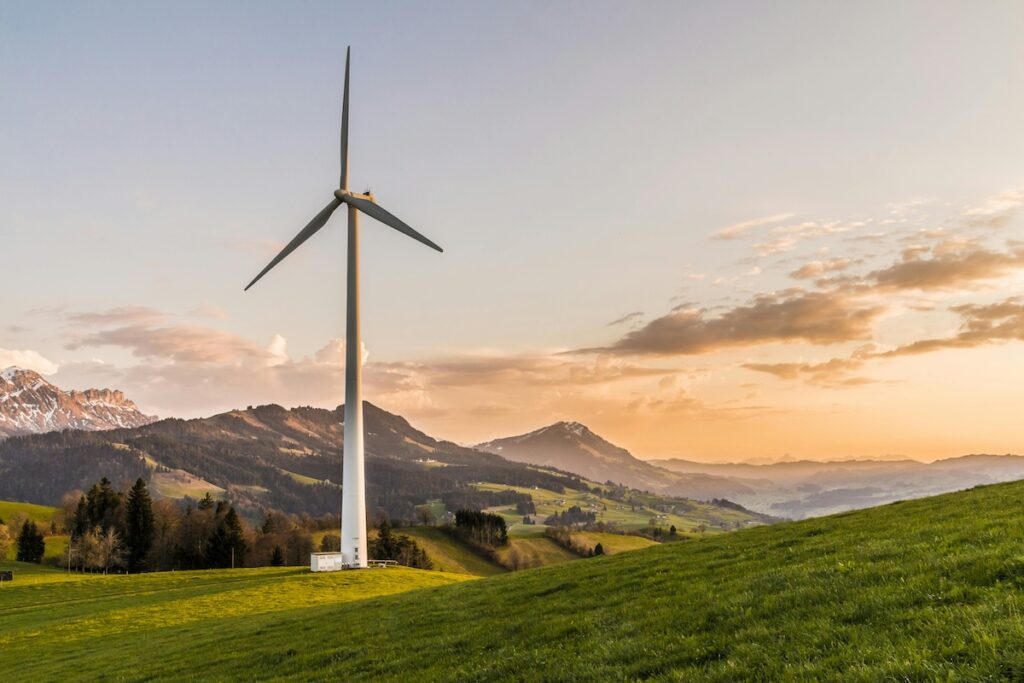
When it comes to energy and water consumption, relatively few studios operate on renewable energy tariffs and only a handful generate energy with solar panels. Studios are also often nervous about implementing solutions like natural lighting and heat recovery systems because they don’t want to jeopardise the suitability for filming.
Productions are typically charged flat rates when hiring film studios, which provides little transparency into their energy and water usage. As a result, water consumption is often only addressed in terms of reducing bottled water, with the focus on minimising plastic waste.
But it is possible to find green film studios around the UK.
3 Mills Studios in east London uses a 100% renewable energy supplier and is a zero landfill studio that provides recycling services for its productions. LED lighting is used across the site (which has a longer lifespan than traditional bulbs) and the studio provides plenty of power so productions don't need to rely on generators. There are also a good number of covered bike stands on site to encourage cycling to the studio.
When it comes to filming on location, filmmakers often rely on diesel generators as a flexible and convenient power source, as filming equipment can have high energy demands that challenge the use of solar or battery-powered alternatives.
Fortunately, innovation in battery technology is making them an increasingly viable alternative to diesel generators. Green Voltage, for example, has designed emission-free, silent battery-powered generators, specifically for film productions including recent blockbusters Saltburn and Wonka.
Portable facilities are another must-have when filming on location. There are now plenty of sustainable options, and green film productions can hire trailers and facilities with solar roofing and bio-diesel or battery-powered generators.
When hiring mobile toilets there are several waterless options available. Loowatt, for example, uses a closed loop waterless flushing system and the pods can be used on any type of location as they do not require a water hook-up or to be accessed by a vacuum truck.
SuperScout is your own private location library – upload locations in minutes, tag them with ai in seconds, then search and share with your team

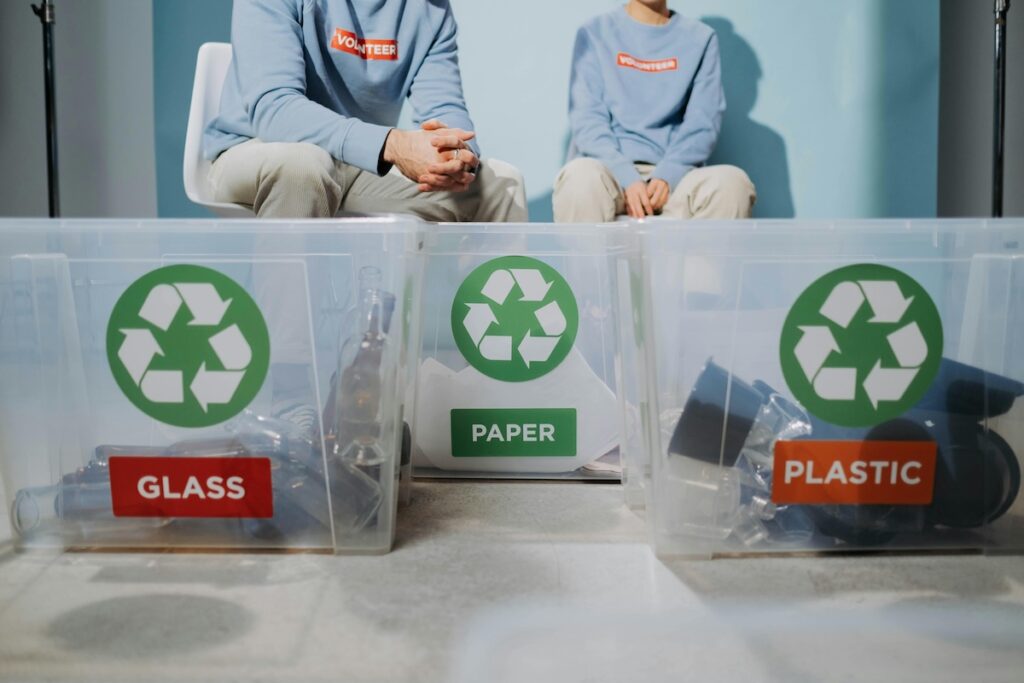
Film productions need to start encouraging staff to utilise sustainable transportation options, such as carpooling or public transport, whenever feasible. Currently, most production staff commute individually by car and make additional trips to pick up and drop off materials.
Digital platforms have shared transportation and ride-hailing easier by efficiently matching supply and demand. Liftango's digital service, for example, could help green productions offer shuttle rides or encourage staff to share rides with the carpool platform.
In the UK, studios allow film productions to provide individual catering. The downside is there tends to be a lack of shared cafés or canteens offering fresh food and beverages throughout the day.
Catering facilities provided by green film production teams offer several benefits for the crew, including convenient and healthy meal options, reduced food waste, and decreased use of single-use plastics.
Studio facilities equipped with convenient amenities, such as online shopping lockers, laundry services, and childcare, grant crew members greater flexibility by minimising the need for extra trips during the workday. Additionally, providing showers and changing areas encourages cast and crew to commute actively via running, walking, or cycling.
The WonderWorks at Warner Bros Studios Leavesden is a great example, they provide childcare for families in the film industry and offer flexible childcare solutions.
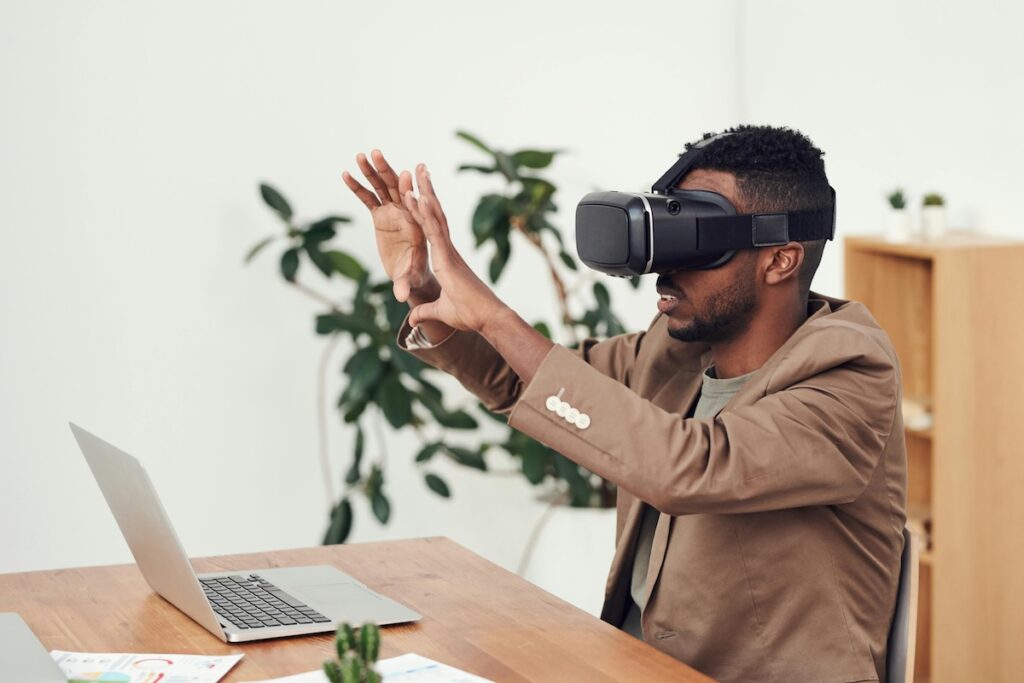
Requiring the entire crew to be physically present for planning and set design can lead to excessive and unnecessary travel, especially for low-budget productions. To address this, these films often opt to share information digitally via email and separate documents, which are then frequently printed out.
However, this approach has drawbacks - schedule and script revisions must be continually redistributed to everyone, and it inhibits the production's ability to respond nimbly to changing circumstances.
Digital tools go a long way in solving these issues and making the pre-production process more flexible and dynamic. Digital tools allow better planning and design before construction begins.
StudioBinder, for example, is a web-based workflow and planning tool which brings together all parts of production for a more manageable and seamless process. Features include creating and sending personalised call sheets, tagging props and wardrobe to parts of a script, and sharing shooting schedules, contacts, tasks, calendars and files. StudioBinder can also help directors and producers visualise scenes and plan and change them over time without having to be in the same place or build it first.
Virtual reality empowers filmmakers to thoroughly test their creative concepts, storyboards, sets, and scenes before production, enabling them to optimise logistics, reduce unnecessary construction, and ultimately save time and money. Additionally, it allows the crew to virtually experiment with camera angles and lighting, further refining the production process prior to shooting.
Being able to collaborate remotely on virtual scenes in a shared digital environment can improve the industry’s resilience to disruptions such as that experienced during the COVID-19 pandemic.
The Third Floor creates digital visuals for every creative stage from storyboards to post-production. They will build the 3D digital virtual world your story lives in which allows production to explore every angle and test how the story looks with animation.
A growing number of green productions are taking proactive steps to reduce their carbon footprint and adopt more eco-friendly practices. This may involve utilising renewable energy sources, minimising waste, and implementing recycling programs on set.
As public awareness and demand for sustainability increases, the film industry has a unique opportunity to lead by example and demonstrate how creativity and ecological responsibility can go hand-in-hand. By embracing green production methods, the industry can not only reduce its environmental impact, but also inspire audiences and spur broader societal change towards a more sustainable future.
SuperScout is your own private location library – upload locations in minutes, tag them with ai in seconds, then search and share with your team

